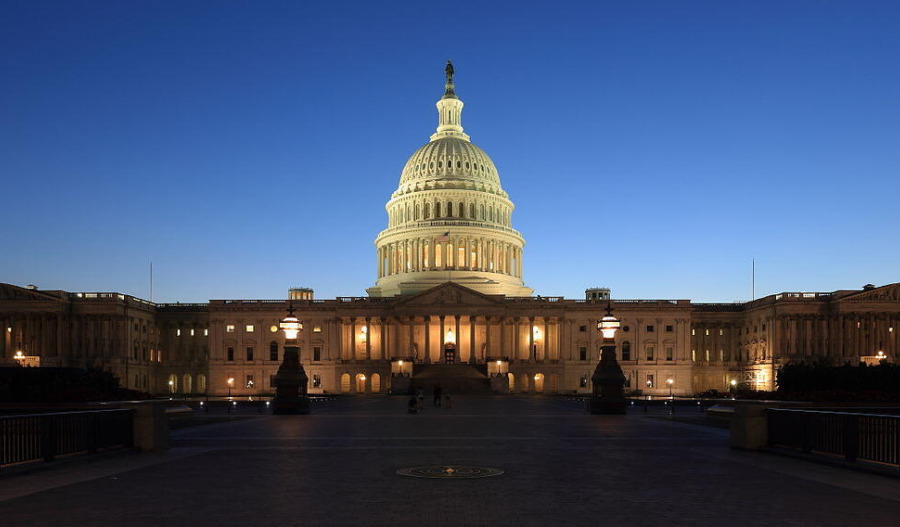With inflation cooling faster than expected and the jobs market showing clear signs of strain, Federal Reserve Governor Stephen Miran has made it clear he’s ready to push for a third consecutive interest-rate when policymakers meet in December.
Speaking to CNBC on Monday, Miran argued that the economic data—limited though it is due to the ongoing government shutdown—still supports a half-point reduction in interest rates next month.
But due to better-than-expected inflation data and signs of continued weakness in the job market, Miran believes the Fed should be moving at an even more rapid pace than its traditional quarter percentage point reductions.
At the previous two Federal Open Market Committee meetings, Miran argued for a 50 basis point, or half percentage point, reductions.
Having consistently pressed for a quicker pace of easing, Miran reiterated his stance that the Fed needs to act decisively to stave off a potential economic softening ahead.
“Nothing’s guaranteed,” he noted, “and new data could always shift my outlook. But based on what we know, a half-point cut remains the right call—if not that, then at least a quarter.”
Despite his calls for bolder moves, the Federal Open Market Committee (FOMC) has twice opted for smaller quarter-point reductions in recent months.
Miran voted against both decisions, and while he stood alone at the September meeting, he was joined only by Kansas City Fed President Jeffrey Schmid in October, who opposed any cut at all.
Fed Chair Jerome Powell has acknowledged these internal divisions, recently hinting that a December rate cut is not guaranteed.
Some officials remain cautious, pointing to inflation that’s still above the central bank’s 2% goal, while others worry that waiting too long could worsen the labour market’s weakening trend.
Miran, however, warned against what he sees as short-sighted thinking.
“If you set policy only on today’s data, you’re looking backwards,” he said.
“It takes 12 to 18 months for monetary policy to feed through the economy, so decisions must be based on where conditions are heading, not where they’ve been.”
With official statistics scarce due to the shutdown, policymakers have had to rely on limited private-sector reports.
Those figures, Miran argued, point to softer inflation and hiring—both of which justify a more dovish stance than the Fed projected back in September, when it pencilled in three cuts for the year.
As of now, futures markets see roughly a 63% chance of another reduction in December, according to CME Group’s FedWatch tool, however, those odds have edged lower since the Fed’s October meeting.

Join our community of decision-makers. No card required
Join now

